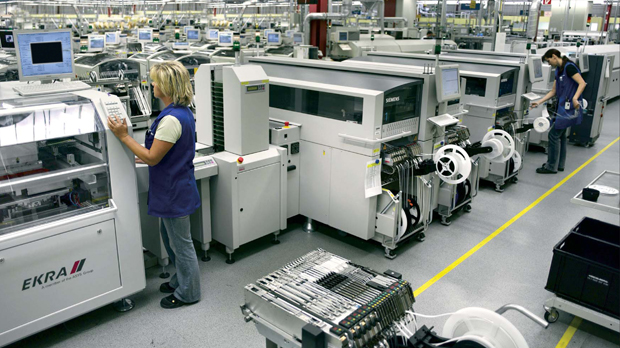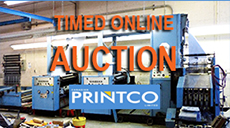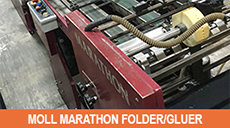
|
|
| Home › Articles › Here |
 
|

|
||||||||||||||
Heidelberg’s System Manufacturing
produces electronic-drive controls for various sectors outside of the printing industry. |
|||||||||||||||
| MANUFACTURING DIVERSIFICATION |
|||||||||||||||
| By: Nick Howard | Date: March 2011 | Contact the Author |
|||||||||||||||
| Cont'd from Part 1 |
|||||||||||||||
|
We now all certainly expect to see major
reductions in capacity in printing press
production, to a point where the machinery
is built not on a grand scale but much
like machine tools. Margins for the tooling
suppliers are very good in Germany with
some double-digit increases in turnover
and profits recorded. This can be the case
with print machinery too, once the reductions
take place. There would be no surprise
to see some acquisitions made in
both Japan and Germany. Acquisitions
that could possibly have nothing to do
with print. Another strategy that is taking hold has to do with the way machinery is sold. Traditionally, the salesperson or account manager was put in that role along with the product manager and all reporting to the higher ups. Since it is the factory or head office that looks down upon the organization, they are considering the importance of guys who in the past has salaries and commissions in the region of $200,000-plus. In the order-taking days of the 1990s, this system worked and the revenue was there to cover these costs. But of course today, the compensation environment has changed and, surely, there has to be some room for reductions here – they think. Sales costs are much more than a salary. It also includes all the other expenses like entertainment, travel and so on, which adds up to a very large number and one that does not always fit today’s business climate. Ideas abound about having the Internet replace the sales force or at least reduce it to a level that is affordable. In the coming year, I think most press manufacturers will continue reducing their sales departments and hold onto only the most-knowledgeable, creative, and hardest- working employees. As most of you realize, although it is nice to have someone come buy you lunch, what is really important is for that person to walk you through what they have and why you need what they are selling. That is pretty hard to do via email or during a Webinar. Eye-to-eye contact and personal relationships have always been the key to selling anything technical. Actually, the need for a well-trained, attentive salesperson has never been more important. The theory of reducing overhead in the sales department, by reducing sales efforts to emails and open houses, will not work. Still the head offices are looking for ways to bring their costs into line with the market. All of the machine builders face the same situation. Nobody is working in a vacuum. The decline in new press orders makes one wonder if this decline is something of a self-fulfilling prophecy – that we have talked ourselves into believing print will never recover in the modern- era of communications. Press manufacturing futures I predict, of course, that the manufacturing level of toner- and inkjet-based presses will show continued improvement in the near future, while there will be a slight improvement in the manufacture of commercial web presses. The building of newspaper presses will remain in a neutral growth state, as will newspaper presses and extra-large-format sheetfed presses. I also predict that we will see neutral to negative growth in small-format (under 20 inches) sheetfed presses, while medium format (29-inch) will see a neutral to slight improvement, and large-format sheetfed (40 inches and bigger) will see a slight improvement. The growth in available used machines, in my opinion, will see continued improvement, largely because of the lack of good machinery and an ever-increasing export demand from developing countries. The used machinery dealer has been a continual key piece of the industry, acting somewhat like a short seller on the markets. Manufacturers look upon the used sector with a mixture of disdain to envy, as the new-press guys are handcuffed in various ways that do not afford them the same freedoms. A healthy used sector is imperative to the industry as a whole. There are definite signs that our industry is awakening. With over two years of virtually no new investment, if 2011 continues to stabilize, printing companies will once again likely test the press waters and look at replacing aging machines. Provided press manufacturers reduce capacity and become more like their machine- tool cousins, equipment will still be competitively priced. Patience hell… Let’s move forward. |
|||||||||||||||
| Contact the Author | |||||||||||||||
|
|||||||||||||||





